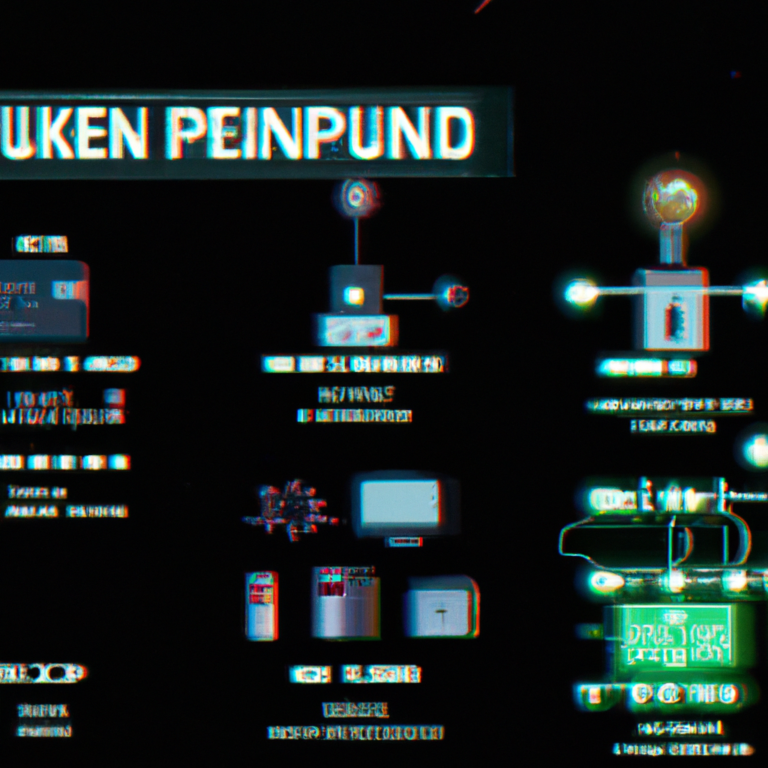“Unlocking the Audio Magic: Tips for Crafting Immersive Sound Design in Video Games”
Sound design plays an integral role in enhancing the player’s gaming experience. A well-crafted audio landscape not only complements the visuals but also allows the player to become fully immersed in the virtual environment. The right mix of sounds can evoke emotions, provide narrative cues, and create a sense of realism. Here are some tips for creating immersive sound design in video games:
1. Understand the game’s narrative and environment:
Before starting with sound design, it’s essential to understand the game’s story, characters, and environment. This knowledge will help you make informed decisions about the appropriate sounds and ambiances to create a cohesive and engaging audio experience.
2. Use high-quality sound sources:
Investing in high-quality sound libraries or recording your sounds will provide a solid foundation for your sound design. High-quality sounds can help create a more immersive experience by providing greater realism and depth to the game’s audio landscape.
3. Layer your sounds:
Layering multiple sounds can help add depth and complexity to your audio design. Combining various sound elements, such as background ambiances, object interactions, and character sounds, creates a more dynamic and engaging soundscape that can draw players deeper into the game world.
4. Utilize spatial audio:
Spatial audio can create a more immersive experience by positioning sounds in a 3D space, allowing players to pinpoint the origin of a sound based on its position relative to the player character. This can help players navigate the game world more intuitively and create a stronger sense of presence within the environment.
5. Don’t underestimate the power of silence:
Although it might seem counterintuitive, moments of silence can significantly impact a game’s sound design. Strategic use of silence can help build tension or provide contrast between different scenes or environments. It can also highlight important sounds or provide players with a break from constant audio stimulation.
6. Dynamic audio:
Creating adaptive audio that changes based on the player’s actions or the game’s environment can enhance immersion by making the game world feel more alive and reactive. This can be achieved by implementing systems that trigger specific sounds or adjust audio levels in response to in-game events or player actions.
7. Consider the emotional impact:
The sounds you choose can have a significant impact on the emotions the player experiences during gameplay. Consider the emotional response you want to elicit with your sound design and select sounds and music that support that emotional goal.
8. Playtest and iterate:
The best way to gauge the effectiveness of your sound design is to playtest your game and gather feedback from players. This will help identify any areas where the audio may be lacking or where additional sounds might be needed to create a more immersive experience.
9. Collaborate with other team members:
Working closely with the game’s artists, designers, and developers can help ensure that the audio design is cohesive and complementary to the game’s overall vision. Communicate with your team to align your sound design with the game’s visual, narrative, and mechanical elements.
In conclusion, immersive sound design in video games is an essential component of the player’s experience. By understanding the game’s narrative and environment, using high-quality sound sources, layering sounds, utilizing spatial audio, incorporating silence and dynamic audio, considering the emotional impact, and playtesting and iterating, you can create a rich and engaging sound design that will captivate and immerse players in your game world.






